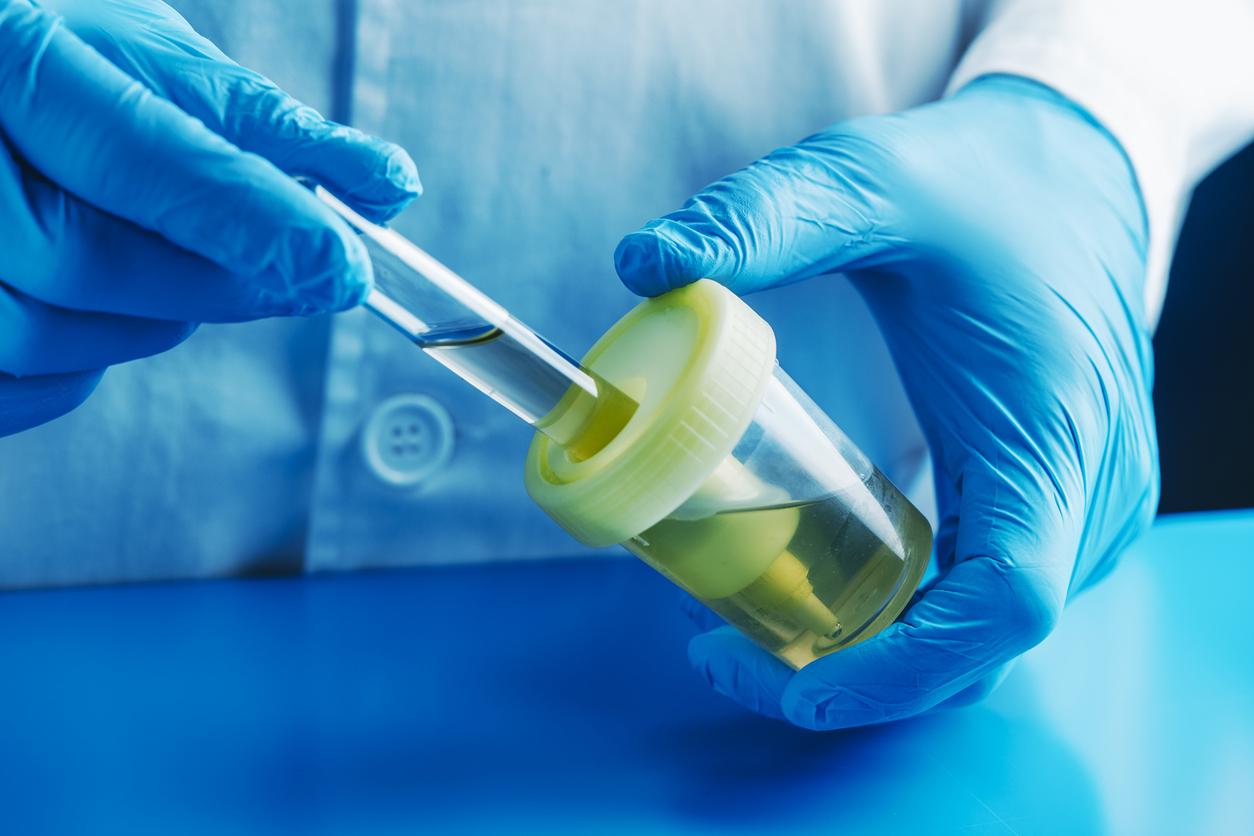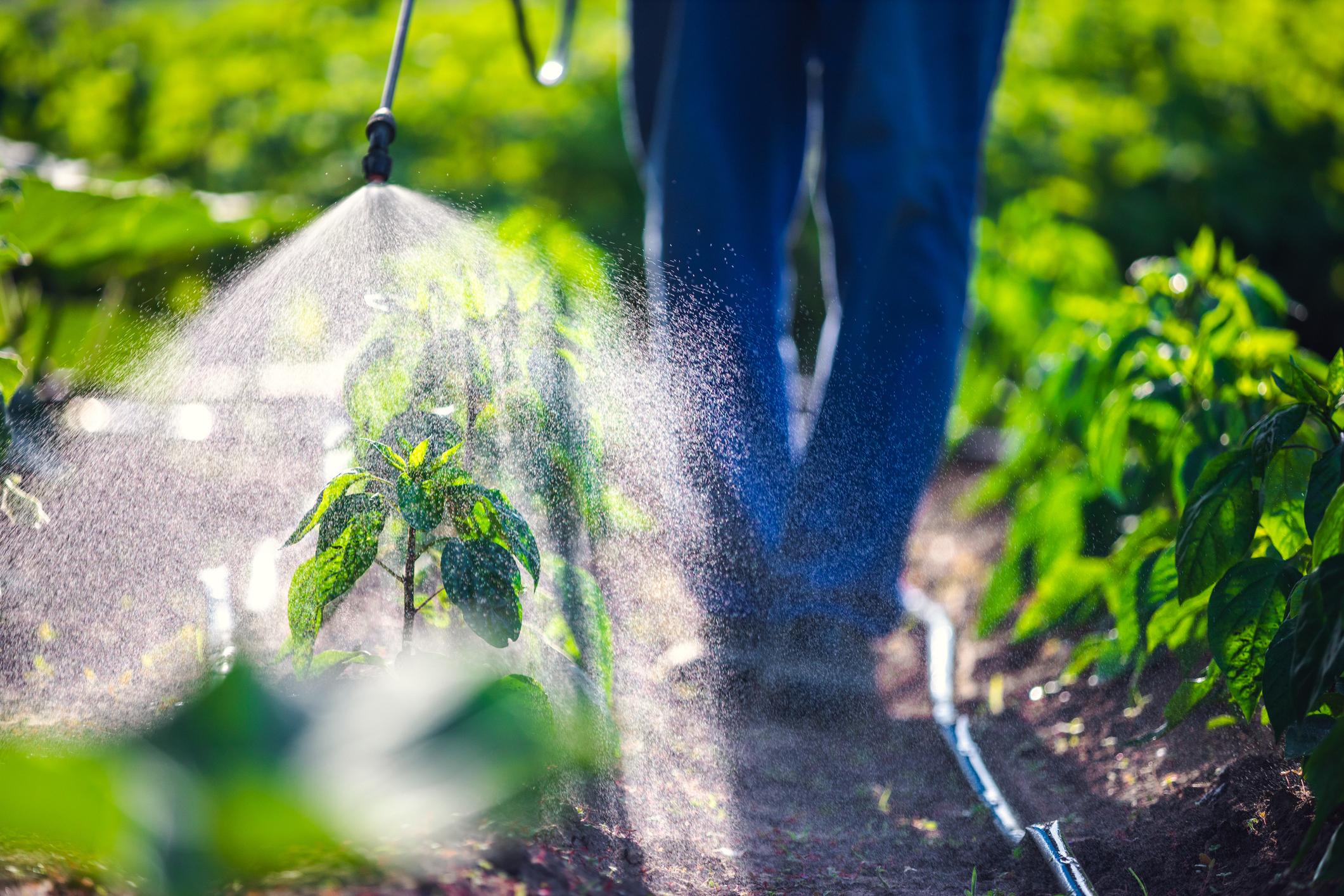Have you ever heard of chlorothalonil? Arrived in France in 1970 and finally banned in 2020, this pesticide (used in agriculture, in particular in wheat, barley and rapeseed fields) continues to be talked about: indeed, according to the latest report from the laboratory of hydrology of ANSES, approximately one third of the drinking water available on French territory is contaminated…
ANSES analyzed more than 136,000 samples of drinking water, in mainland France and overseas. Result: in more than 1 out of 2 samples, the experts observed the presence of a metabolite of chlorothalonil (that is to say: a “waste” resulting from the degradation of the molecule), called R471811.
And in more than 1 out of 3 samples (34%), the concentration of R471811 exceeded the quality limit of 0.1 µg/litre (microgram per litre).
A molecule that could have carcinogenic properties
It’s serious ? Instead. Because since 2021, ANSES considers that R471811 is a “relevant metabolite”, that is to say that it could have the same effects on health as its “parent molecule”, chlorothalonil. However, chlorothalonil is a toxic substance for the kidneys and the stomach: in the event of long-term exposure to this pesticide, there is an increased risk of cancer (adenoma, carcinoma and papilloma).
“Target organs in long-term, oral studies are the kidneys and stomach, organs in which pre-neoplastic and neoplastic lesions have been observed in rats and mice” specifies theINRS.
“Another metabolite of chlorothalonil was found with a concentration above the quality limit of 0.1 µg/litre in approximately 3% of the samples“adds ANSES.
Source :ANSES report

















